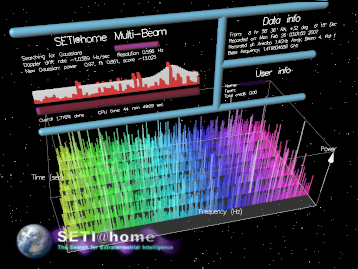Playing Ducks with Drake
Isaiah 55:12
“For ye shall go out with joy, and be led forth with peace: the mountains and the hills shall break forth before you into singing, and all the trees of the field shall clap their hands.”
 In 1961, the astronomer Frank Drake invented the eponymous equation, designed to estimate the number of intelligent civilizations in our galaxy which we could contact. This number was found by multiplying seven other quantities, as follows:
In 1961, the astronomer Frank Drake invented the eponymous equation, designed to estimate the number of intelligent civilizations in our galaxy which we could contact. This number was found by multiplying seven other quantities, as follows:
- The average rate of star formation in our galaxy
- The fraction of those stars that have planets
- The average number of planets that can potentially support life per star that has planets
- The fraction of planets that could support life that actually develop life at some point
- The fraction of planets with life that actually go on to develop intelligent life
- The fraction of civilizations that develop a technology that releases detectable signs of their existence into space
- The length of time for which such civilizations release detectable signals into space
It is obvious that the equation makes assumptions which are unproved and unprovable. We know that there are stars with planets and that some of these are Earth size. We can even allow that there may be some that have an oxygen atmosphere that could support life. But the fourth multiplier is the fraction of planets that could actually develop life. This number is zero because life does not develop. We have shown repeatedly that life cannot evolve from non-living compounds. Multiplying any number – however big – by zero will always give the answer zero. In the game of cricket, a score of zero is called a duck. Drake’s equation gives us a duck.
Prayer: We thank You for making this world, our Lord and Heavenly King. We thank You for all Your provision for us every day. Amen.
Author: Paul F. Taylor
Ref: Fisher, R. (2010), New Scientist magazine issue 2742. Image: SETI screensaver, GNU Lesser Public License (free license).
© 2020 Creation Moments. All rights reserved.